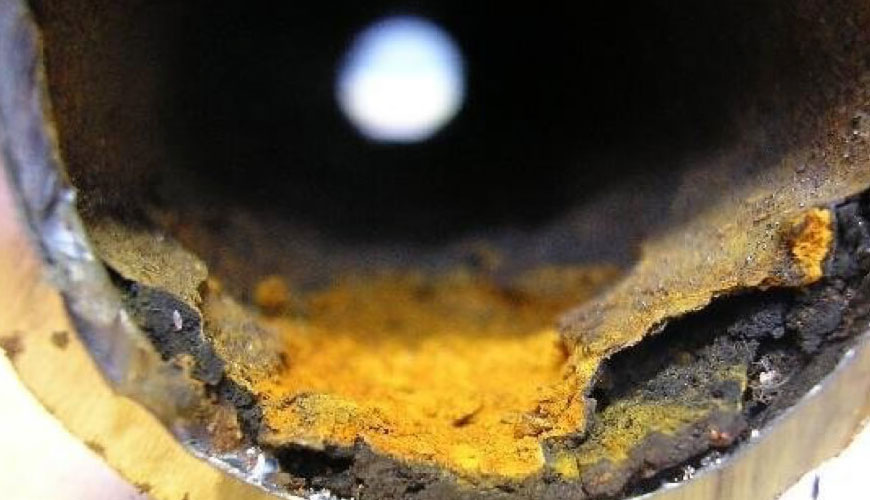

EUROLAB, with its state-of-the-art accredited laboratories and expert team, provides precise and fast testing services within the scope of IEC EN 60068-2-46 testing. Since this test is specifically designed, for certain types of contacts and connections (other than welded or soldered type), a brief description of such contacts and connections is considered useful.

Contacts and connections can be divided into two types and can be defined as permanent or temporary. In both cases, the metal surfaces are held together by an external force.
In the case of permanent joints, the force is very large and often causes permanent deformation of metals, and some kind of local welding is possible. Such connections are not intended to be made and interrupted during their lifetime. Examples of permanent connections are crimped and wound connections.
In temporary connections, the force keeping the metals in contact is comparatively light and of course designed to be made and broken probably many times over their lifetime. Examples of temporary connections are: connectors, switches, and relays. In temporary connections, areas of metal that come into contact with each other are sometimes called contacts.
Contacts or contact areas in temporary connections will be made of various metals, depending on the task and purpose of use. Most metals - with the exception of precious metals - suffer from atmospheric corrosion. When contact materials rust, contact resistance increases. Extensive use of precious metal contacts will be costly, so in many applications it is common to use precious metal alloys or coatings of precious metals or alloys over base metals for contact materials.
In permanent joints, the use of precious metals is not normal and some general wear of exterior surfaces due to hydrogen sulfide should be expected. Since it is designed and manufactured as a crimp or wire wrap joint, corrosion does not occur between the contact surfaces due to cold welding and high pressure. However, in poorly made or weakened connections as a result of thermal cycling, corrosive gas penetrates these contact areas, causing an increase in contact resistance.
The test is designed to evaluate the consequences of tarnishing silver and some of its alloys. It has been largely validated by laboratory and field testing on silver, although limited tests have also been performed on components that some silver alloys come into contact with.
When the same tarnish test is suitable for testing samples containing different contact materials, test conditions may result in different accelerations and considerable experience and experimentation may be required to evaluate relative results. Contact alloys of silver and palladium represent a situation where testing is appropriate but such care is required.
When the test is used for contacts and connections containing silver alloys and silver with other materials, the test is expected to yield more realistic results for those containing silver with a more precious metal than it would for alloys (or structures) of silver containing a significant amount of silver.
The following situations are given as examples:
EUROLAB assists manufacturers with IEC EN 60068-2-46 test compliance. Our test experts, with their professional working mission and principles, provide you, our manufacturers and suppliers, the best service and controlled testing process in our laboratories. Thanks to these services, businesses receive more effective, high-performance and quality testing services and provide safe, fast and uninterrupted service to their customers.
To get an appointment, to get more detailed information or to request an evaluation, you can ask us to fill in our form and reach you.